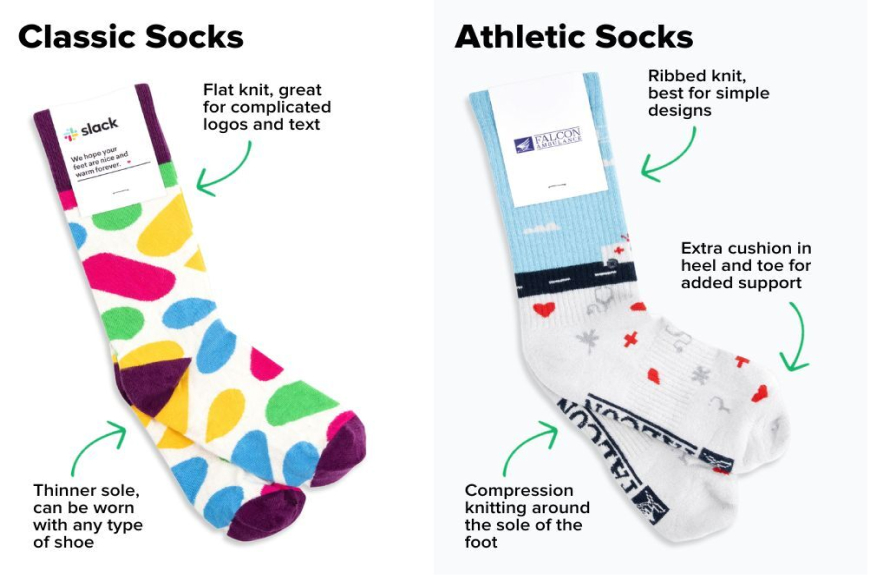Compression socks have gained popularity among athletes and fitness enthusiasts in recent years. These specially designed socks are known for their ability to improve blood circulation and reduce muscle fatigue. But the question remains: should you wear compression socks while exercising? Let's dive into the benefits and considerations of using compression socks during workouts to help you make an informed decision.
Benefits of Wearing Compression Socks During Exercise
One of the primary advantages of wearing compression socks while exercising is improved blood flow. The graduated pressure applied by these socks helps push blood back towards the heart, reducing the risk of blood pooling in the lower legs. This can lead to better oxygen delivery to your muscles, potentially enhancing your performance and endurance.
Compression socks may also help reduce muscle vibration during high-impact activities like running or jumping. This reduction in vibration can lead to less muscle fatigue and soreness, allowing you to exercise for longer periods or recover more quickly between workouts. Many runners find that compression socks can make a noticeable difference in their comfort and performance.
Another benefit is the potential reduction in swelling and inflammation. The pressure exerted by compression socks can help prevent fluid build-up in your legs and feet, which is especially beneficial for those who engage in long periods of standing or repetitive impact exercises.
Considerations When Using Compression Socks for Exercise
While compression socks offer numerous benefits, it's essential to consider a few factors before incorporating them into your workout routine. First and foremost, proper sizing is crucial. Ill-fitting compression socks can be uncomfortable and may not provide the intended benefits.
It's also important to note that while many athletes swear by compression socks, scientific evidence on their effectiveness during exercise is mixed. Some studies show significant improvements in performance and recovery, while others find minimal or no effects. Individual experiences may vary, so it's worth trying them out to see if they work for you.
Consider the type of exercise you're doing as well. Compression socks may be particularly beneficial for activities that involve a lot of leg movement or impact, such as running, cycling, or high-intensity interval training. However, for low-impact exercises or activities that don't heavily involve the lower legs, the benefits may be less pronounced.
Choosing the Right Compression Socks for Your Workout
When selecting compression socks for exercise, look for options specifically designed for athletic use. These socks often feature moisture-wicking materials to keep your feet dry and comfortable during intense workouts. Some athletic compression socks also include extra cushioning in high-impact areas for added comfort and protection.
Consider the level of compression that's right for you. Compression levels are typically measured in millimeters of mercury (mmHg), with most athletic compression socks ranging from 15-30 mmHg. If you're new to compression socks, you might want to start with a lower level and gradually increase as you become more comfortable.
It's also worth noting that some athletes prefer to wear compression socks during their workout, while others find them more beneficial for post-exercise recovery. Experimenting with different approaches can help you determine what works best for your body and fitness routine.
Wrapping Up
Wearing compression socks while exercising can offer potential benefits such as improved circulation, reduced muscle fatigue, and decreased swelling. However, the effectiveness may vary from person to person. If you're considering incorporating compression socks into your workout routine, it's worth giving them a try to see if they enhance your performance or recovery. Remember to choose the right size and compression level, and consult with a healthcare professional if you have any underlying health concerns. Ultimately, the decision to wear compression socks during exercise should be based on your personal comfort and perceived benefits.


